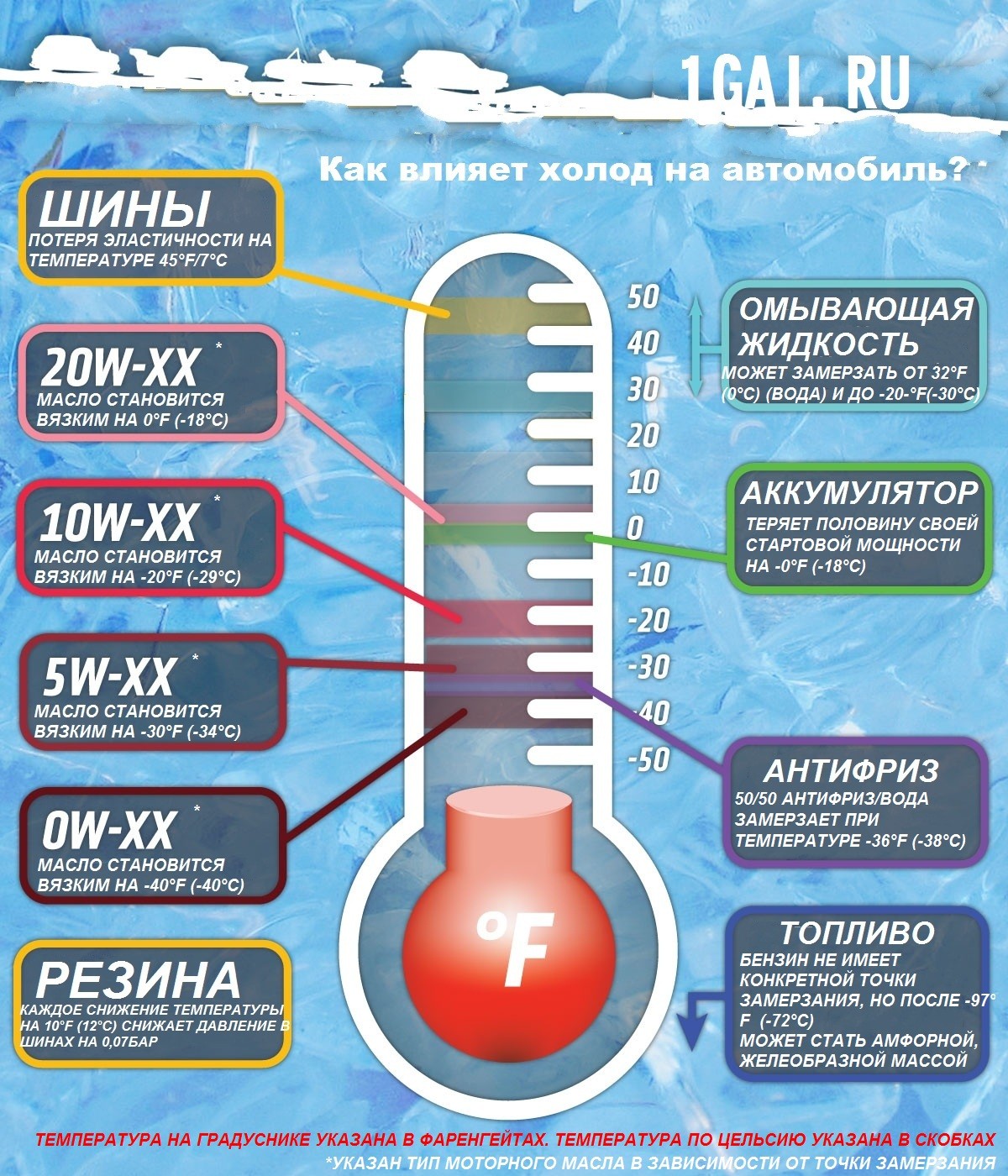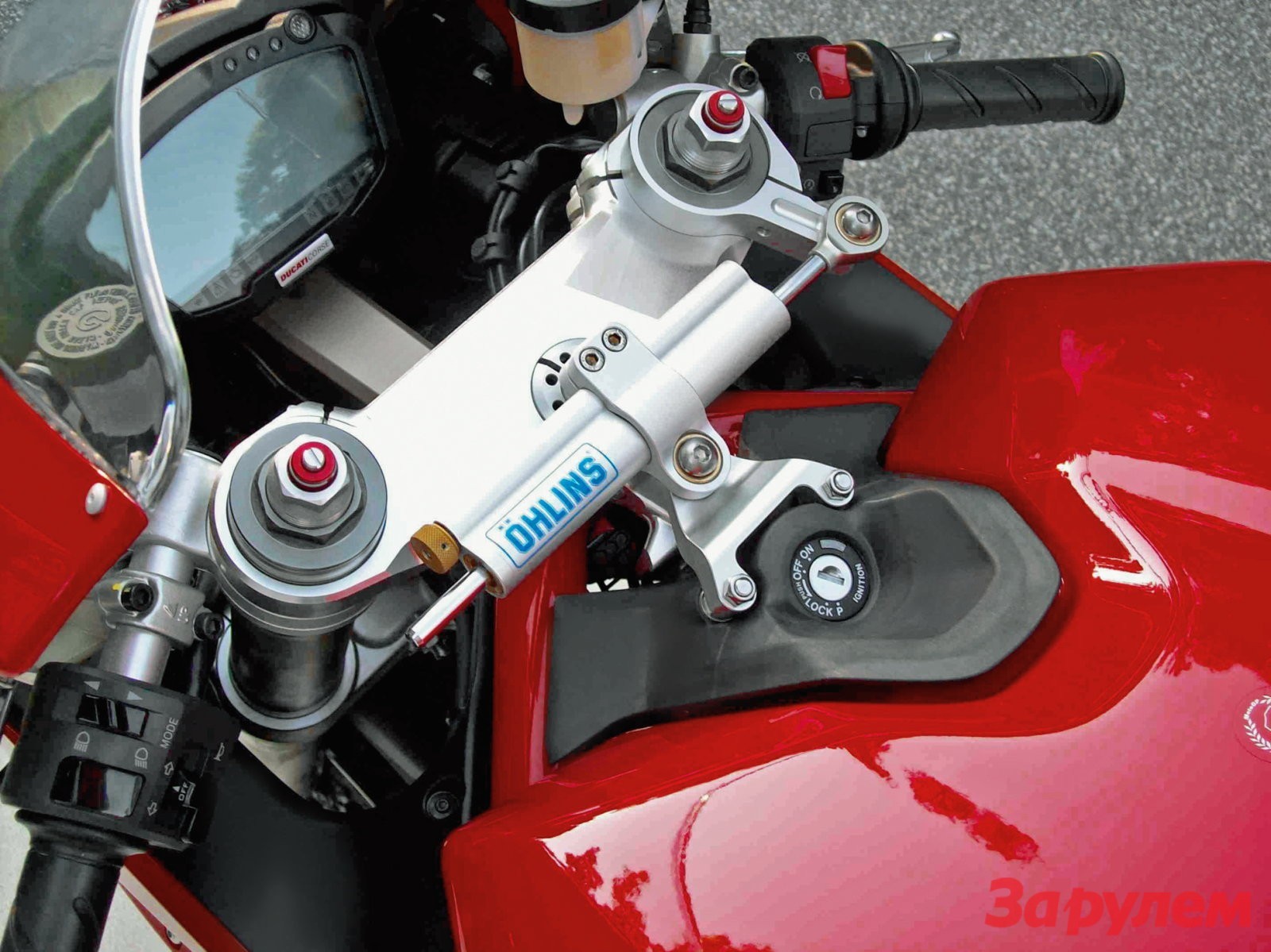
How does cold weather affect car hoses?
With the onset of cold weather, it's time to prepare the car for winter. This includes paying close attention to your cooling system, including the hoses. Cold weather can have a significant effect on all of your car's hoses, but it's most noticeable on the radiator hoses.
How does cold weather damage car hoses?
Over time, the constant expansion and contraction weakens the hoses. In cold weather, this expansion and contraction occurs faster and to a greater extent than during the warmer months of the year.
The hoses are made of special rubber resistant to high temperatures. Although hoses can withstand high temperatures, rubber will still expand when exposed to heat. When the engine is turned off, it cools and the hoses are compressed.
During the winter, your hoses go from ambient temperature at a storage location (outside the home, garage, etc.) to engine operating temperature very quickly. The reverse is also true. When the engine is turned off, the hoses cool faster and to a lower temperature. This creates a significant expansion and contraction of the rubber, known as buckling.
The extreme flexing that occurs in winter puts extra wear on your hoses, causing small cracks and damage to the internal structure. If the hoses are already old and worn, they are more likely to fail.
The best option is to have your hoses checked regularly by a professional. This allows you to keep an eye on the condition of your hoses so you're not caught off guard when winter comes and the hose goes from failure to failure (often leaving you on the side of the road waiting for help).
